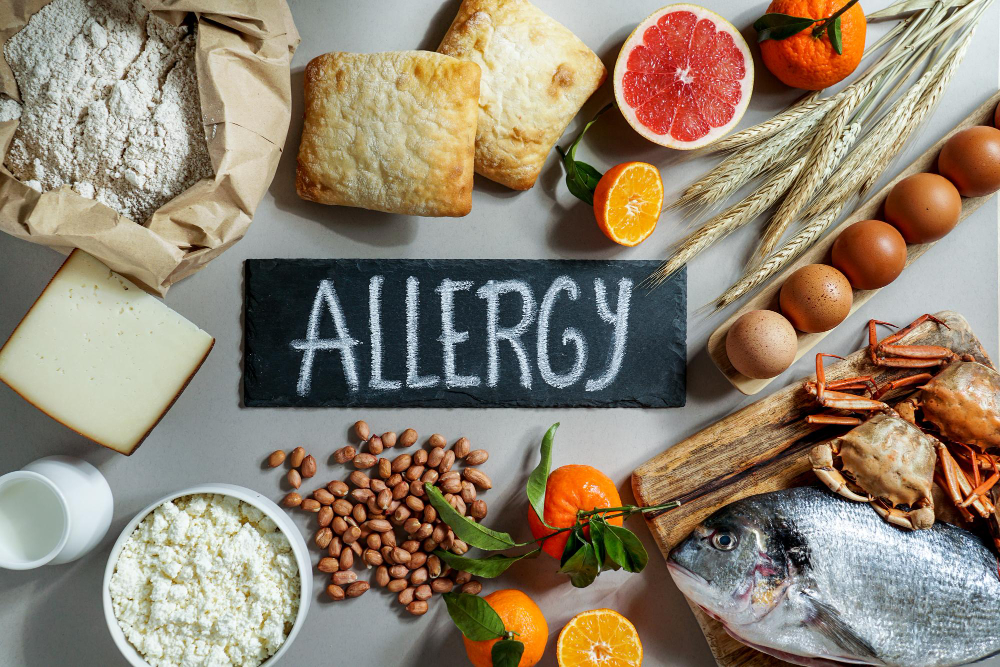Introduction
Food allergies in children are becoming more common today. Many parents worry about childhood food allergy symptoms and how to keep their kids safe. Early recognition is important, as managing food allergies in kids can help prevent serious reactions. In fact, pediatric food allergy prevention starts with knowing the signs and risks. This guide explains what food allergies are, how to spot them, and what steps you can take to protect your child.
What Are Food Allergies in Children?
A food allergy happens when a child’s immune system reacts to certain foods. Instead of ignoring harmless foods, the body treats them as threats. As a result, this triggers symptoms that can range from mild to severe. Food allergies in children can start at any age, but they often appear in early childhood. According to the CDC, about 1 in 13 children in the U.S. has a food allergy.
Common Symptoms of Food Allergies in Children
Symptoms of food allergies can appear within minutes or hours after eating. However, not all reactions look the same. Some are mild, while others can be life-threatening. Watch for these signs:
Sometimes, a severe reaction called anaphylaxis can occur. This is a medical emergency and needs quick treatment.
Causes and Risk Factors
Many foods can cause allergies in children. Yet, some foods are more likely to trigger reactions. The most common food allergens include:
Several factors can raise a child’s risk of developing food allergies. For example, having a family history of allergies or asthma increases risk. Children with eczema are also more likely to develop food allergies. Introducing certain foods too late or too early may also play a role, though research is ongoing.
Diagnosis and Testing
If you suspect a food allergy, it is important to see a doctor. The doctor will ask about your child’s symptoms and medical history. Next, they may recommend tests such as:
These tests help confirm if your child has a food allergy. According to the American Academy of Pediatrics, only a doctor should diagnose food allergies.
Treatment and Management Strategies
There is no cure for food allergies, but you can manage them. The main treatment is to avoid the foods that cause reactions. However, accidents can happen. Therefore, always have an emergency plan. Key management steps include:
With the right plan, most children can stay safe and healthy.
Prevention Tips for Parents
While not all food allergies can be prevented, some steps may lower the risk. Consider these tips:
Early action can make a big difference in managing food allergies in kids.
Living with Food Allergies: Lifestyle Guidance
Living with food allergies can feel overwhelming at first. However, many families learn to manage them well. Here are some helpful tips:
With support and planning, children with food allergies can enjoy a full and active life.
When to See a Pediatrician
If your child shows symptoms after eating, visit Sehat Hospital’s Pediatric Department promptly. Signs like hives, swelling, or difficulty breathing require immediate attention. Even mild reactions should be discussed with our pediatric specialists. Early diagnosis and management can prevent serious complications. For children with known allergies, always keep emergency medication handy.
Consult our pediatric experts at Sehat Hospital for personalized guidance on managing food allergies and ensuring your child’s safety and well-being.

